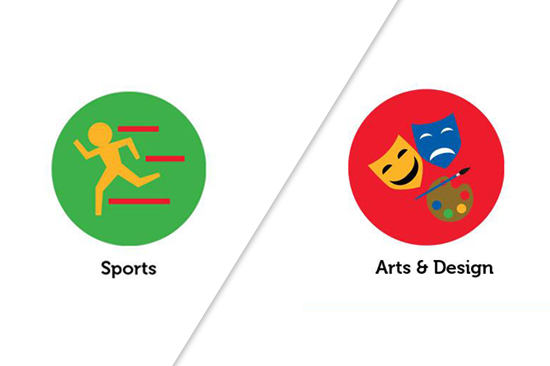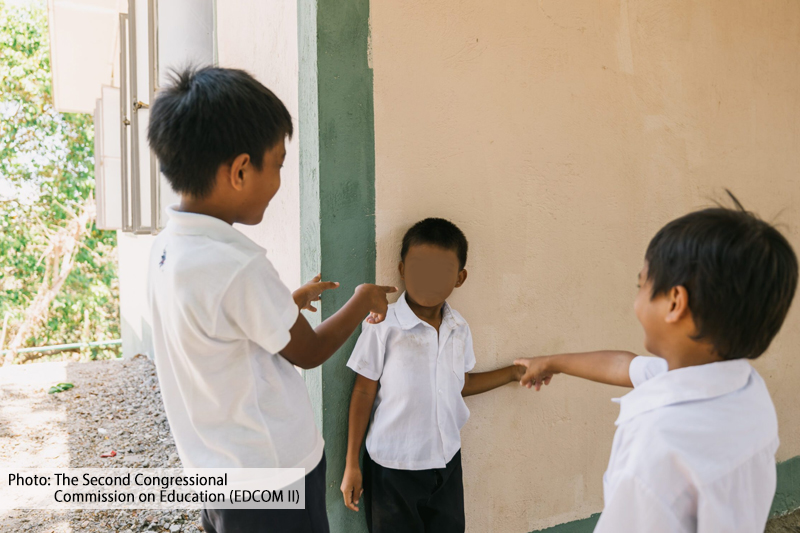
Sports and arts tracks are the least offered tracks under the senior high school (SHS) program of the Department of Education (DepEd).
In the study “Status of senior high school implementation: A process evaluation” presented recently, Karen Brillantes, consultant at state think tank Philippine Institute for Development Studies (PIDS), revealed that a staggering 98 percent of SHS institutions, including public and private high schools, as well as state universities and colleges, do not offer the sports and arts tracks.
In real numbers, this figure translates to 10,883 out of the total 11,087 SHS institutions that fail to offer either sports or arts track.
In terms of region, CALABARZON has the largest number of SHS institutions not offering the said tracks, followed by Central Luzon and Central Visayas regions.
CALABARZON covers the provinces of Cavite, Laguna, Batangas, Rizal, and Quezon.
The situation of these tracks is in direct contrast to the number of schools offering other tracks, such as the academic track, which is being offered by 85 percent of SHS institutions.
Meanwhile, 62 percent of SHS institutions offer the technical-vocational-livelihood (TVL) tracks.
“Many students fail to enter the strands they like simply because of the unavailability of tracks at provincial and regional levels,” Brillantes said. She said students express lack of choice in terms of tracks and strands due to supply-side issues in program offering.
“The choice should be aligned with the interest of the student given that the SHS program was supposed to put premium in student’s choice,” she said.
Among the recommendations of the study is to ensure the availability of all tracks and major strands at least at the provincial or regional level, strengthen career guidance in schools, expose students to performances and sport competitions like the Palarong Pambansa, and to balance their academics and extra-curricular activities.
Brillantes also urged the education department to clarify the curriculum implementation design (e.g., subject delivery, classroom assessment, scope of subjects, scheduling), address the inadequacies in program inputs (e.g., teachers, learning resources, school buildings, facilities, tools and equipment), and provide appropriate trainings for teachers so they can better deliver the curriculum in schools.
Moreover, the study also recommended to strengthen mechanisms that ensure standards compliance in schools, institutionalize and fortify monitoring and evaluation at all levels of the Department of Education, provide funds and needed manpower for SHS monitoring and evaluation, designate SHS focal persons in regional offices, division offices, and schools, and immerse coordinators in schools, among others. ###
Please visit this link for the full study.
In the study “Status of senior high school implementation: A process evaluation” presented recently, Karen Brillantes, consultant at state think tank Philippine Institute for Development Studies (PIDS), revealed that a staggering 98 percent of SHS institutions, including public and private high schools, as well as state universities and colleges, do not offer the sports and arts tracks.
In real numbers, this figure translates to 10,883 out of the total 11,087 SHS institutions that fail to offer either sports or arts track.
In terms of region, CALABARZON has the largest number of SHS institutions not offering the said tracks, followed by Central Luzon and Central Visayas regions.
CALABARZON covers the provinces of Cavite, Laguna, Batangas, Rizal, and Quezon.
The situation of these tracks is in direct contrast to the number of schools offering other tracks, such as the academic track, which is being offered by 85 percent of SHS institutions.
Meanwhile, 62 percent of SHS institutions offer the technical-vocational-livelihood (TVL) tracks.
“Many students fail to enter the strands they like simply because of the unavailability of tracks at provincial and regional levels,” Brillantes said. She said students express lack of choice in terms of tracks and strands due to supply-side issues in program offering.
“The choice should be aligned with the interest of the student given that the SHS program was supposed to put premium in student’s choice,” she said.
Among the recommendations of the study is to ensure the availability of all tracks and major strands at least at the provincial or regional level, strengthen career guidance in schools, expose students to performances and sport competitions like the Palarong Pambansa, and to balance their academics and extra-curricular activities.
Brillantes also urged the education department to clarify the curriculum implementation design (e.g., subject delivery, classroom assessment, scope of subjects, scheduling), address the inadequacies in program inputs (e.g., teachers, learning resources, school buildings, facilities, tools and equipment), and provide appropriate trainings for teachers so they can better deliver the curriculum in schools.
Moreover, the study also recommended to strengthen mechanisms that ensure standards compliance in schools, institutionalize and fortify monitoring and evaluation at all levels of the Department of Education, provide funds and needed manpower for SHS monitoring and evaluation, designate SHS focal persons in regional offices, division offices, and schools, and immerse coordinators in schools, among others. ###
Please visit this link for the full study.












